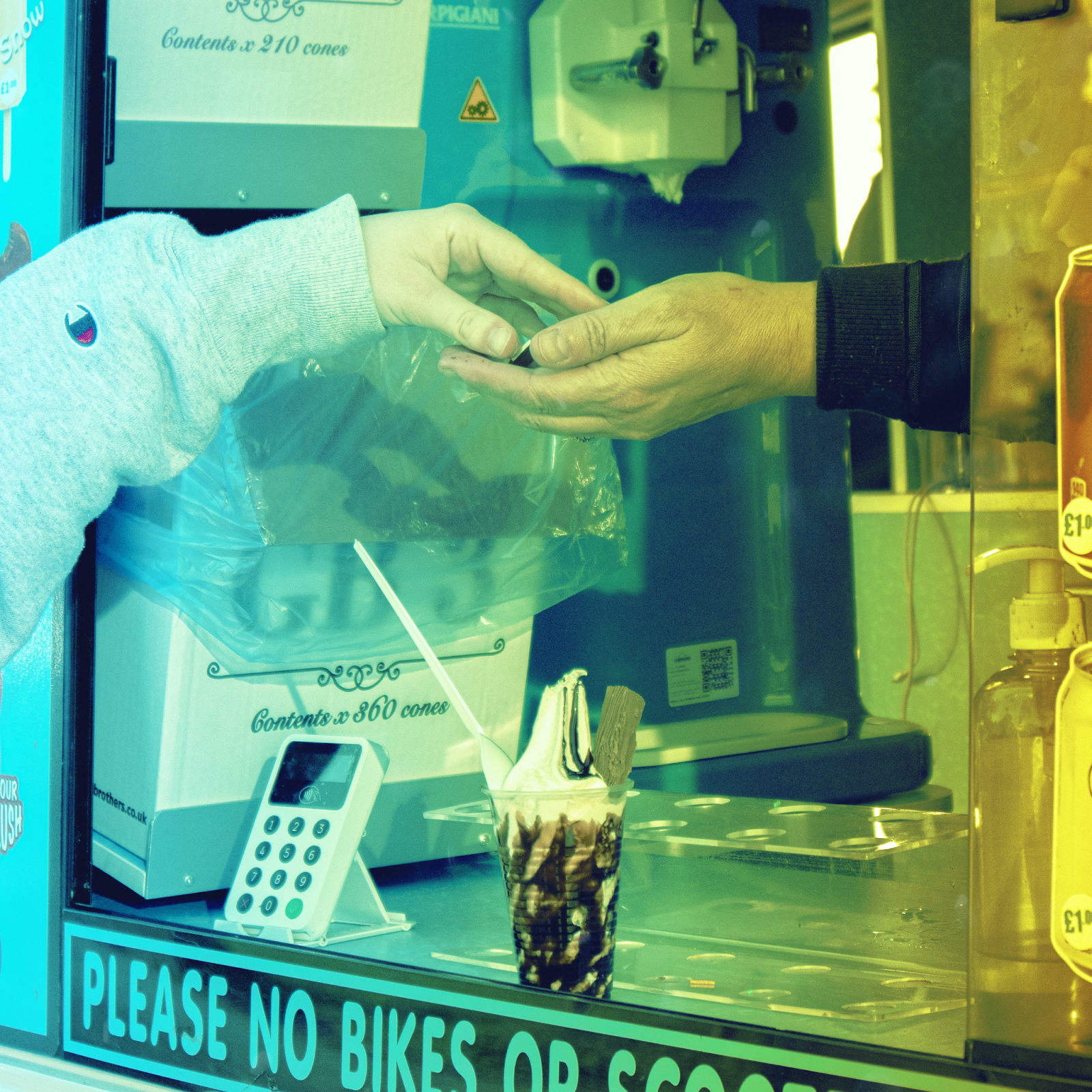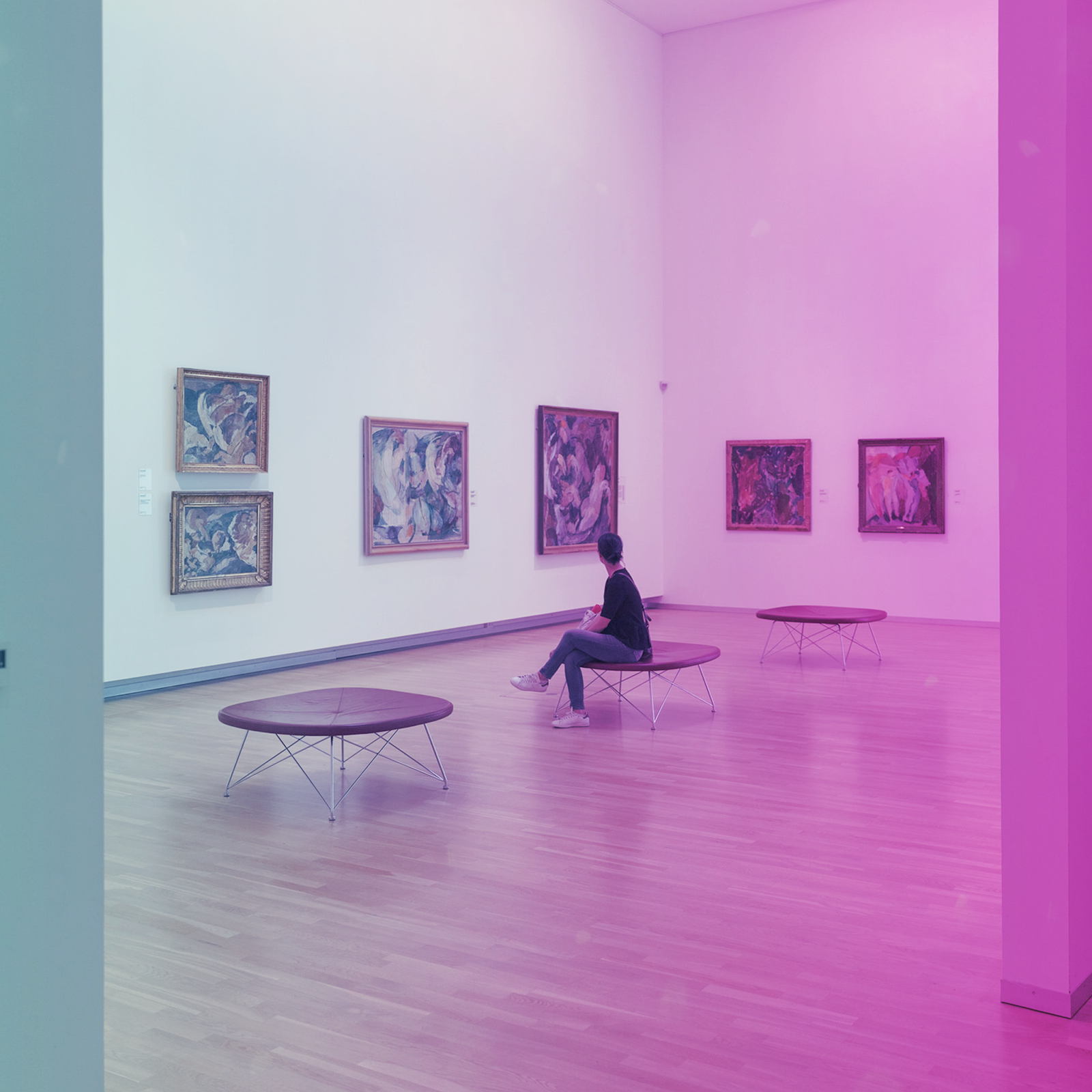
A creative class is a mix of input and associative, creative and active tasks and challenges on one future relevant topic. You are invited to follow the classroom and complete the tasks. The creative class can be conducted either on your own or with others (eg. your friends, colleagues, or fellow students). Each creative class can be followed independently from other creative classes and without previous knowledge.

Within philosophical theories there is a variety of schools of thought, which all encapsulate different forms of approaching the concept of value. For example subjectivist theories of value would describe it as something, which is dependent on the subject state of the assessing body. This means that if something brings pleasure, is favoured and/or treasured, it achieves value. On the other hand, objectivist or intrinsic theories would argue that some things or states could be valuable apart from bringing pleasure to a subject who experiences it. The Archive of The Stanford Encyclopedia of Philosophy provides a very good overview of the most common value theories.
Within the arts, value can be approached from a variety of different perspectives. Within the traditional art market, the commercial value of an artwork is determined by auction houses and galleries, based on factors such as availability, circumstances and time of creation and materials. For example, the “provenance” of an artwork is something that collectors consider a indicator of value, which is a lineage of the artworks previous owners or in other terms, its history since its creation.
The emergence of new forms of ownership, such as NFTs have allowed for ascribing commercial value not only to traditional fine art forms, but also to digital arts. NFTs have allowed collectors to purchase digital images through the use of ‘smart contracts’, which in simplified terms, represent ownership of an NFT. This means that not the image itself, but the ownership of the image is something that is being traded between collectors and which eventually determines fluctuations in its worth. However, the previously described methods of valuation take into account the commercial value of an artwork, reducing it to a product for collection and exchange. Through their work, many artists are also trying to redefine the value of artwork and their work as artists outside of just a product-based industry, which we will explore in the next steps.

Before we continue, think of your responses to the following questions. Steer your reflections to explore your own ideals outside of any indicators of market value or general social assumptions.
Artists are continuously expanding value within their own artistic practices and reviewing what they consider to be valuable outside of the art market. Escaping the idea of art as a product is nothing new, as historical movements such as ‘Fluxus’ have explored process-based approaches to art without the need for a final product.
The artist Flo Kasearu, on the other hand, finds value in a practice that is socially engaged. Kasearu works as an artist-activist and collaborates with a women’s shelter, a non-governmental organisation run by her mother. For the artist, what makes her work valuable is both the reciprocity and societal relevance that surround her work.
the conversation with Flo Kasearu
According to Rosa Meriläinen, artist, politician and Secretary General of the Central Organization for Finnish Culture and Arts Associations, Kulta, it is necessary to reevaluate what is considered to be ‘valuable artistic work’ in an institutional context and to break out of such traditional thinking:
“It does not favour anything (artist nor society) if the artistic success is valued by very traditional ways excluding artist work in, for example, health care or businesses.”
Rosa Meriläinen was interviewed by the FAST45 Knowledge Alliance on the 26th of April 2021.
Read the FAST45 narrative “Expanding Professionalism in the Arts” to learn more about the shifting role of value within artistic practice and institutions, and how artist work and knowledge can be valuable resources outside of the traditional institutional paradigms.

Find something you believe has value. This does not necessarily just have to be an object, it can also be something more abstract – for example knowledge, a favour or entertainment.
Exchange it with one of your friends for something they consider equally valuable. You can do this multiple times by passing on the previous thing you have received. Document your journey by taking photos of the objects you give and receive. Create a map or diagram of exchange and share it with us!

Within this step, we encourage you to brainstorm about how art production and the art market may shift based on changing value systems both within capitalist exchange and within the personal value systems of the artists themselves. We invite you to brainstorm speculative futures, based on the following questions:
As with the example of NFTs, digital images and objects are now being ascribed more and more monetary value. How do you imagine the artistic world changing based on this? Do you think it will change at all?
How would you imagine artists becoming independent from traditional artistic institutions in the future? How could artists provide value?
If you were to imagine a dystopian scenario, where the value of artistic work becomes completely compromised, what would it be?

Now that we have explored concepts of value on both a personal level and a professional level in the arts, consider these next challenges to continue expanding and exploring your ideas of this notion:
Discussion
No feedback has been added yet
Share a Thought